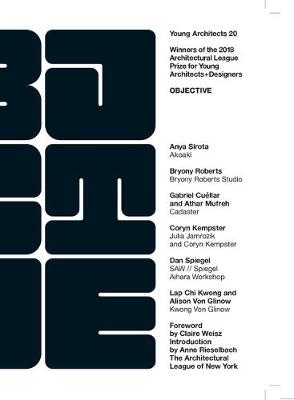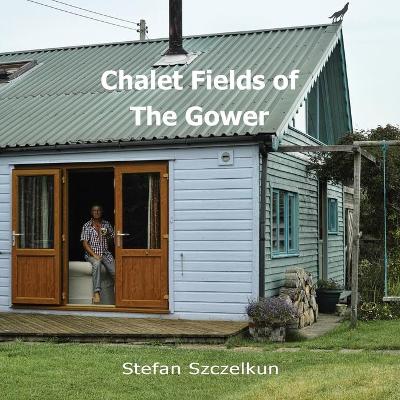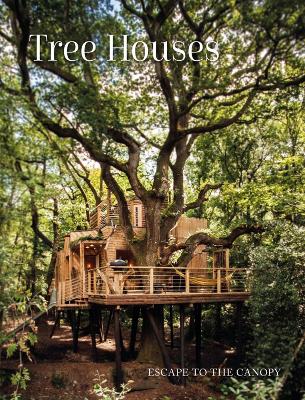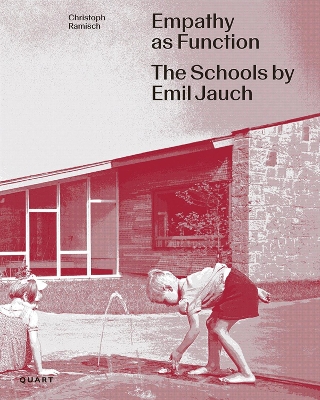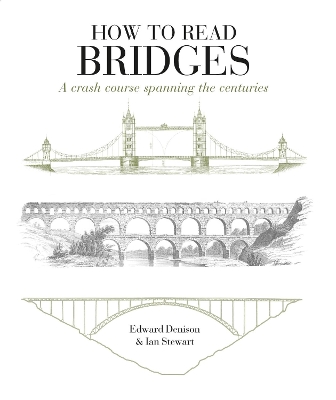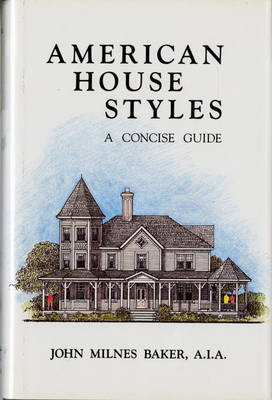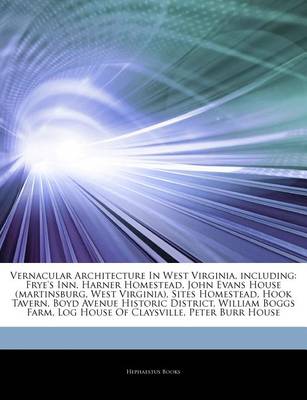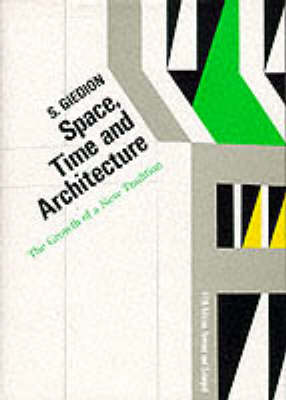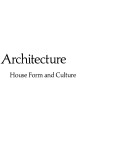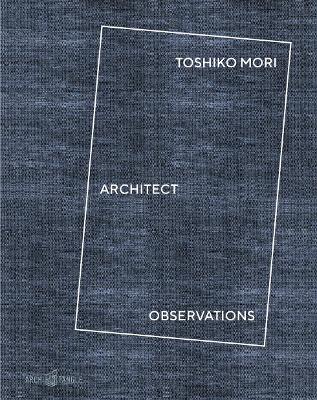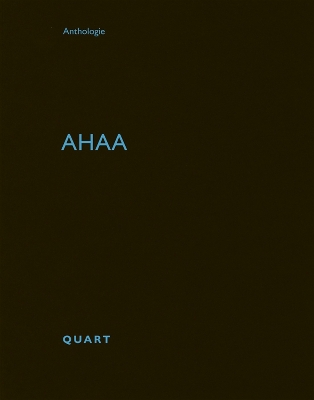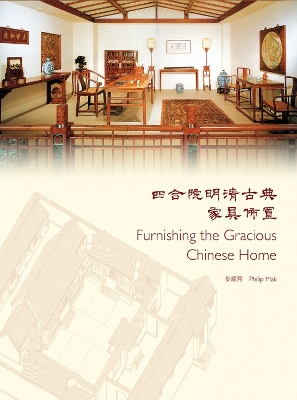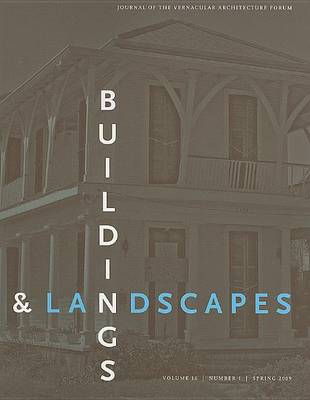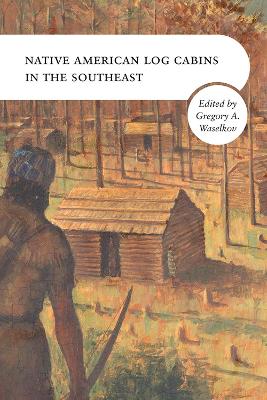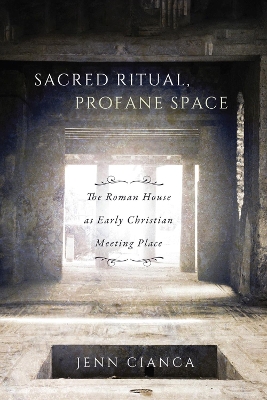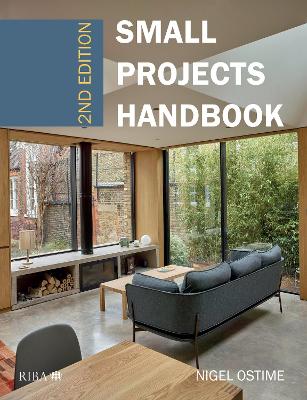Learning from Vernacular:Towards a New Vernacular Architecture
by Pierre Frey
Young Architects 20 (Young Architects)
by The Architectural League Of New York
Traditional Buildings of Britain (Vernacular Buildings (Yale))
by R.W. Brunskill
The second edition of an introduction to the traditional buildings of Britain, for the intelligent general reader. Dr Brunskill has held office in a number of organizations devoted to the study and protection of Britain's architectural heritage. His other books include "Timber Building in Britain".
Tree houses have come a long way since our collective childhoods. The very definition of a tree house has broadened to now include anything from a boutique hotel room where star gazing is a must to exceptional viewing platforms and, of course, not forgetting a treehouse for kids such as exists only in their dreams. This carefully compiled list provides an overview of striking tree houses across the globe, with designs that are truly unique, inspiring, and beautiful. Leafing through this i...
Until now, Emil Jauch (1911–1962) has been a little-known protagonist of Swiss post-war architecture. Shaped by the Scandinavian Modernity of the 1930s, his buildings are characterised by a remarkable sensitivity. This book demonstrates the Lucerne architect’s empathetic design method by presenting his constructed school buildings. The publication describes the architect's life and work in three chapters, recognising his achievements in school building and classifying them within the European co...
How to Read Bridges
by Edward Denison, Ian Stewart, and Mark Whitby
How to Read Bridges is a practical introduction to looking at the structure and purpose of bridges. It is a guide to reading the structural clues embedded in every bridge that allows their variety and ingenuity to be better appreciated. Small enough to carry in your pocket and serious enough to provide real answers, this comprehensive guide: - analyses and explores all types of bridges from around the world from the first millennium to the present day. - explores fundamental concepts of...
America has an abundance of fascinating and varied house styles, as fascinating and diverse as its people. This unique book will allow readers to recognize the architectural features and style of virtually any house they encounter.
Vernacular Architecture in Southern Illinois
by John M Coggeshall, Jo Anne Nast, and Randy Tindall
Featuring 157 photographs by Randy Tindall with explanatory text, this book preserves both the architectural and cultural heritage of the French, Anglo-Americans, Germans, Poles, Italians, and Slovakians in 16 counties of southern Illinois. Drawing on interviews as well as empirical research, the authors examine the various ethnic influences on vernacular architecture (everyday structures built without the aid of an architect). To that end they illustrate and discuss domestic, commercial, and e...
Space, Time and Architecture (The Charles Eliot Norton Lectures, 1938-1939)
by Sigfried Giedion
A milestone in modern thought, Space, Time and Architecture has been reissued many times since its first publication in 1941 and translated into half a dozen languages. In this revised edition of Mr. Giedion's classic work, major sections have been added and there are 81 new illustrations. The chapters on leading contemporary architects have been greatly expanded. There is new material on the later development of Frank Lloyd Wright and the more recent buildings of Walter Gropius, particularly hi...
Knapp (geography, SUNY) continues the work of his previous books by examining the distinctive characteristics of the common house in Zhejing province. Over 300 original photographs illustrate his discussion of construction techniques, the organization of space, settlement patterns, the expression of
Buildings & Landscapes 23.1 (Buildings and Landscapes)
Toshiko Mori Architect
by Landon Brown, Charles Burke, Toshiko Mori, Andres Lepik, and Nicholas Fox Weber
Following his studies at the Accademia di Architettura in Mendrisio and various internships, Andreas Heierle founded his Atelier für Architektur in Lucerne in 2012. Since then, he has produced a number of architectural gems, including a small, elegant residential building with three courtyards in Romania and a school in the community of Crissier, Canton of Vaud, which is naturally integrated into the landscape. Text in English and German.
Chinese furniture design had been improved through the centuries, maturing during the 14th century. The Qing furniture developed from Ming style furniture; it was attractive with ornate novel decorative elements. In the olden days of China, those who had resources could afford to live in a gracious residence such as the four-closed courtyard house (siheyuan). The four-closed courtyard house is the Chinese art of enclosing space to create an ideal environment for habitation. The multifunct...
Native American Log Cabins in the Southeast
Southeastern Native American forms of domestic architecture underwent multiple transitions between the mid-eighteenth to early nineteenth centuries. In Native American Log Cabins in the Southeast, Gregory A. Waselkov and ten colleagues track the origins of Native American cabins, structures that incorporated a range of features borrowed from indigenous post-in ground building traditions, Euroamerican horizontal notched-log construction, and elements introduced by Africans and African Americans....
Buildings & Landscapes 20.1 (Buildings and Landscapes)
Sacred Ritual, Profane Space (Studies in Christianity and Judaism)
by Jenn Cianca
The first three centuries of Christianity are increasingly seen in modern scholarship as sites of complexity. Sacred Ritual, Profane Space examines the Christian meeting places of the time and overturns long-held notions about the earliest Christians as utopian rather than place-bound people. By mapping what is known from early Christian texts onto the archaeological data for Roman domestic spaces, Jenn Cianca provides a new lens for examining the relationship between early Christianity and sit...
Islamic Architecture of Deccan India
by George Michell and Helen Philon
The buildings erected in the Deccan region of India belonged to a number of pre-Mughal kingdoms that reigned in the Deccan from the middle of the 14th century onwards. The monuments testify to a culture where local and imported ideas, vernacular and pan-Islamic traditions fused and re-interpreted, to create a majestic architectural heritage with exceptional buildings on the edge of the Islamic world. Many are still standing - yet outside this region of peninsular India, they remain largely unkno...
This hands-on, no-nonsense guide to running smaller projects - most under GBP250,000 in value - will become your 'bible' in day-to-day practice. Smaller practices often find it hard to turn a profit as they spend too much time and money, especially on the design stages, trying to compete and are unsure as to what they can safely dispense with whilst still being rigorous and delivering quality. This book provides reassurance as to how to achieve great results on a budget, utilising stripped-back...

